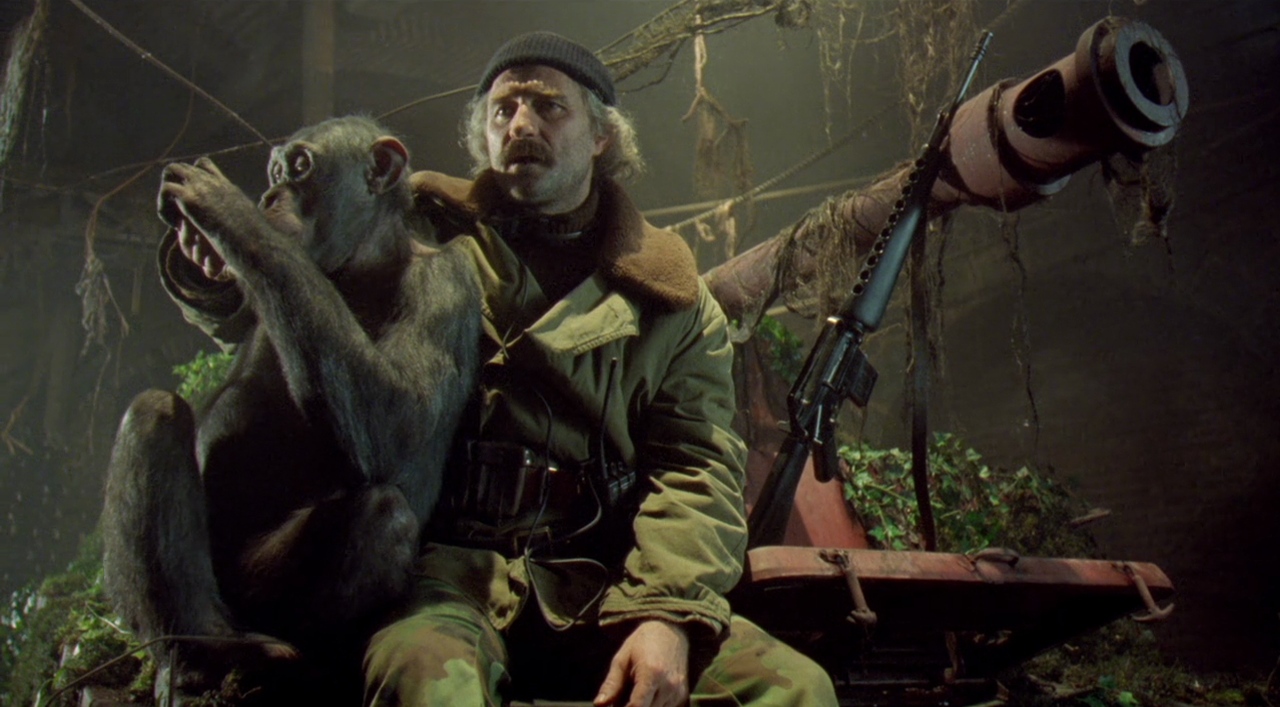The 1995 film Underground, directed by Emir Kusturica, is a controversial work that has been debated and analyzed by critics for over two decades. Some view the film as a masterpiece of art, while others see it as a piece of propaganda. This article endeavors to explore this question and provide some insight into the discussion.
To begin with, it is essential to understand the context in which the film was made. Underground was released in 1995, just a few years after the collapse of Yugoslavia and the Balkan Wars. The film tells the story of two friends, Marko and Blacky, who are caught up in the political turmoil of Yugoslavia during the 1940s and 1950s. The film follows their journey as they navigate the changing political landscape and the consequences of their actions.
Political Affiliations
One of the most significant factors that have contributed to the debate around the film is Emir Kusturica’s political affiliations. Kusturica was born in Bosnia and Herzegovina, and his background as a Bosnian Serb has led some to view his films through the lens of nationalist propaganda. Kusturica himself has been open about his political beliefs, stating that he believes in “Yugoslavianism” and that he does not align himself with any particular ethnic group.
There are several elements of Underground that have led some to view it as propagandistic. For one, the film portrays the Yugoslavian Partisans, who fought against Nazi occupation during World War II, as ruthless and violent. The film also depicts the atrocities committed by the Ustaše, a Croatian nationalist movement that collaborated with the Nazis, as much less severe than they actually were. Additionally, the film portrays the Yugoslavian state government as corrupt and oppressive, which some argue is a thinly veiled criticism of the post-Yugoslavian governments that followed.
Work of Art
However, there are also several elements of the film that suggest it is a work of art. Firstly, the film has received critical acclaim for its cinematography, music, and overall visual style. The use of surreal elements, such as the repeated appearance of a giant fish, adds a layer of complexity to the film’s overall aesthetic. Secondly, Underground is a character-driven story that explores the complex relationships between people caught up in the chaos of war, rather than pushing a political agenda.
One of the central themes of Underground is the idea of betrayal. Throughout the film, characters betray one another, leading to tragic consequences. This theme is particularly relevant when viewed in the context of the political situation during the time in which the film is set. The betrayal of Yugoslavia by its political leaders, who failed to prevent the country’s collapse, mirrors the betrayal that occurs between the film’s characters.
Cost of War
The film’s portrayal of war and its effects on ordinary people is another element that suggests it is a work of art. Underground explores the human cost of war, showing how it destroys lives and relationships. The film is not afraid to depict the brutality of war, showing the bodies of soldiers and civilians alike.
The character of Blacky, in particular, is a compelling example of this. Blacky is a childlike character who never fully grows up, even as he becomes caught up in the political turmoil of Yugoslavia. His journey, from loyal friend and party member to disillusioned and broken man, is a microcosm of the effect that war has on ordinary people. Blacky’s eventual decision to lock himself in a basement and isolate himself from the world represents the emotional toll that war can take on individuals.
Humor
Another factor that supports the idea that Underground is a work of art is its use of humor. The film is often described as a black comedy, with its absurd and surreal elements used to create levity amidst the darkness of war. The humor serves to highlight the absurdity of the situations that the characters find themselves in, emphasizing the pointlessness of the violence and destruction that occurs.
While the film’s use of humor has been criticized as inappropriate given the severity of the events depicted, it can also be seen as a way to process and cope with trauma. Humor has long been used as a coping mechanism for people dealing with difficult situations, and it is entirely possible that Kusturica included it in the film for this reason.
Conclusion
While there are elements of Underground that suggest it could be viewed as propaganda, there is also ample evidence to suggest that it is a work of art. The film’s exploration of complex themes such as betrayal, the effects of war on individuals, and the absurdity of violence make it a compelling work that deserves recognition. The film’s political implications, while important to consider, should not detract from its merits as a piece of cinematic art. Ultimately, the question of whether Underground is art or propaganda is not one that can be answered definitively; instead, it is up to individual viewers to make up their own minds based on their own interpretations and beliefs.




